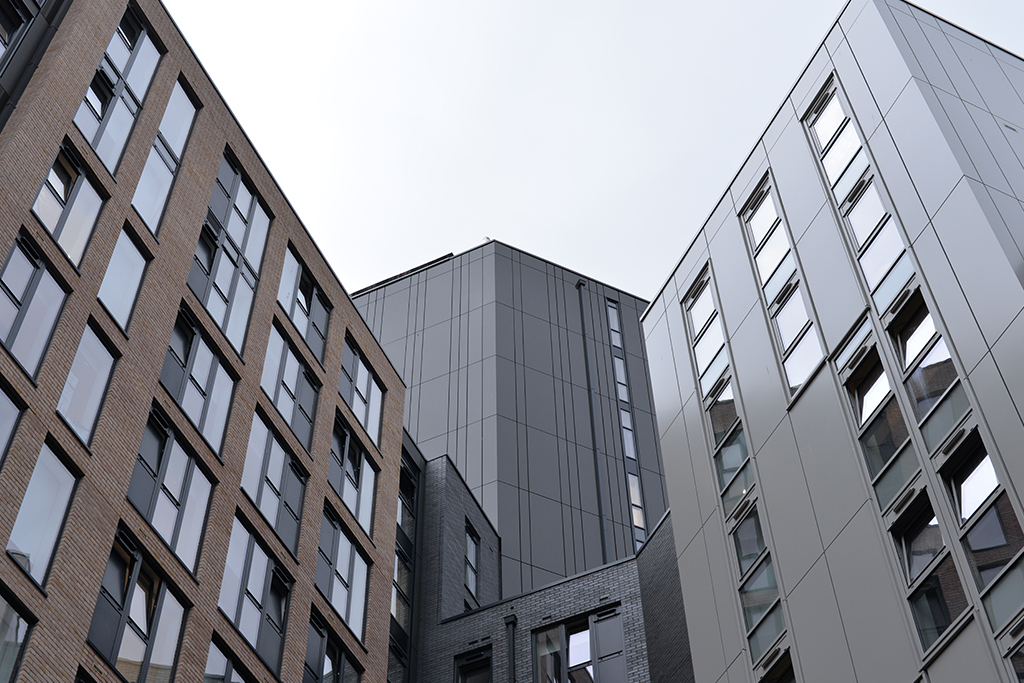
In 2019/20, there were 2.46 million students at UK higher education institutions, many of whom were looking for somewhere to live in the university town or city. The increasing demand for university accommodation has caught the eye of many investors looking for a lucrative asset to grow their portfolio. Still, there are some important differences when compared to traditional residential property investment.
In this blog post, we aim to shed some light on the myths surrounding student accommodation property investment and outline the all-important facts to consider before making the leap into this new area of the market.
Location is key?
Wherever you’re investing in property, location is essential and student accommodation is no different. It’s about striking a balance between supply and demand – a university town or city with a large intake but limited housing supply for students is a good option for property investment. A local agent will also be able to advise which areas within a town or city are most sought-after so you know you’re choosing the right property in the right place.
However, it’s important to consider the long-term impact Covid-19 will have on the student property market, as a considerable amount of demand comes from international students. With travel restrictions still in place, some students will likely reconsider studying abroad, which will impact student property demand.
Higher rental yields?
While it’s true that often rent is higher in purpose-built student accommodation, which is seemingly good news for investors, there are other factors which mean the high yields aren’t quite what they seem. For instance, rental contracts are largely based around term time, so tenants are often paying reduced or no rent for a proportion of the year and the property will also be empty during that time.
Low maintenance?
Unlike traditional build-to-rent property, student accommodation has an increased turnover of tenants, with people often staying for just a year or term at a time. This means asset management for this type of property is more involved, with lease agreements, inventories and property inspections having to happen more regularly. There is also likely to be more wear and tear to the property due to having more tenants living there.
Harder to sell on?
An exit strategy can be as important as the acquisition of a property as with the right timing it can maximise returns. Student accommodation isn’t always as straightforward when it comes to selling on, as estate agents can often be reluctant to sell or wish to take a large commission for doing so. The reason for this being that student property when it’s new is in high demand, but an older student accommodation plot is less appealing to buy. With this in mind, it is also important to note that you often don’t get capital growth with these investments compared with traditional residential plots. That said, if you’ve been savvy and picked the right asset in the right location, this can help to offset this.
GRE Assets has been delivering high quality, well connected homes in the UK and Spain since 2006.







